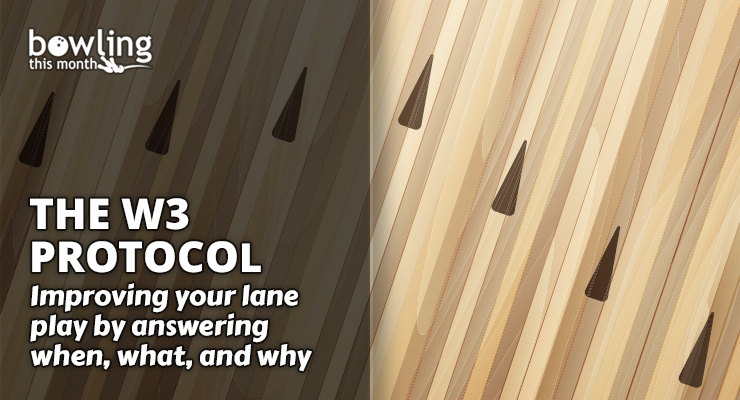Remember when a lane play decision didn’t work for you, and you were left shaking your head? Insert a sarcastic chuckle here. As bowlers, we all possess a plethora of experiences that range from great to awful. Many of those experiences that fall into the underperformance category can be traced back to poor lane play decision-making.
As a coach, one of the most common topics I discuss with bowlers is grounded in these scenarios. Through these many conversations with bowlers and coaches about lane play, decision-making, and arsenal sequencing, it is often revealed that on-lane challenges can be caused by issues ranging from indecisiveness to fear, which polluted the ability to reflect clearly. During these moments, stress paralyzed a bowler and prevented clarity of thought.
As I probed deeper into their experiences, it was revealed that some individuals were simply naïve about their equipment and had misunderstandings about what is happening on the lane. Their corresponding line and ball changes were based on misinformation. On the other side of indecision were bowlers who possessed some lane play knowledge but got trapped cognitively at the moment and were unable to think clearly.
In this article, I discuss a self-reflection protocol to anchor one’s thinking during moments of lane play indecision or fear. By following a three-pronged protocol of reflection prompts, bowlers can slow down their thinking and set the stage for improved decision-making in a more rational and emotionally-free manner.
The intended audience for this article is bowlers who have a solid or developing ball motion understanding. That said, the article will prompt great reflection questions for those who are developing ball motion comprehension. For those with less ball motion understanding, the questions can help guide a conversation with an IBPSIA-certified pro shop professional or a USBC-certified Silver or Gold coach.
Anticipation and planning
Before going into the details of the W3 protocol, I want to discuss anticipation and planning. This should always be the first step in preparing for competition play. As a coach who believes in radical purposefulness, I believe that a bowler should prepare a sequence of ball motions and surfaces before even leaving for a tournament. Over ...
This article is only available to Bowling This Month subscribers. Click below to get instant access to this article and all of our other premium instructional content.
Subscribe to Bowling This Month
Already a Bowling This Month subscriber? Click here to log in.
Image Credits: Bowling lane image (©iStock.com/tassel78) is licensed for use by BTM and is the copyrighted property of its original creator.
